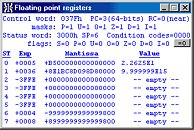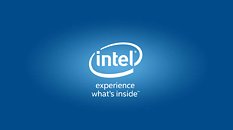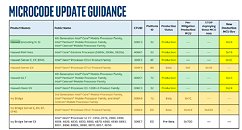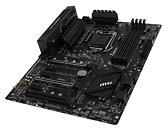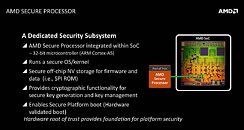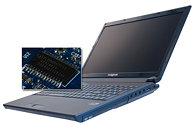Insidious New "NetSpectre" Vulnerability Can Be Exploited Over Network
The "Spectre" family of vulnerability, an exploitation of the speculative execution features of modern processors (mostly Intel), was scary enough. Up until now, running malware that implements Spectre needed one to run the program on a local machine. Running it remotely was limited to well-crafted JavaScript executed on the victim's machine, or cloud hosts made to process infected files. This is about to change. Security researchers from Graz University of Technology, including one of the discoverers of the "Meltdown" vulnerability, Daniel Gruss; have discovered NetSpectre, a fully network-based exploit that can let attackers read the memory of a remote machine without executing any program on that machine.
NetSpectre works by deriving bits and bytes from the memory based on measurements of the time the processor to succeed or recover from failure in speculative execution. As a processor is executing code, it speculates what the next instruction or data is, and stores their outcomes beforehand. A successful "guess" is rewarded with tangible performance benefits, while an unsuccessful guess is penalized with having to repeat the step. By measuring the precise time it takes for the processor to perform either (respond to success or failure in speculative execution), the contents of the memory can be inferred.
NetSpectre works by deriving bits and bytes from the memory based on measurements of the time the processor to succeed or recover from failure in speculative execution. As a processor is executing code, it speculates what the next instruction or data is, and stores their outcomes beforehand. A successful "guess" is rewarded with tangible performance benefits, while an unsuccessful guess is penalized with having to repeat the step. By measuring the precise time it takes for the processor to perform either (respond to success or failure in speculative execution), the contents of the memory can be inferred.




